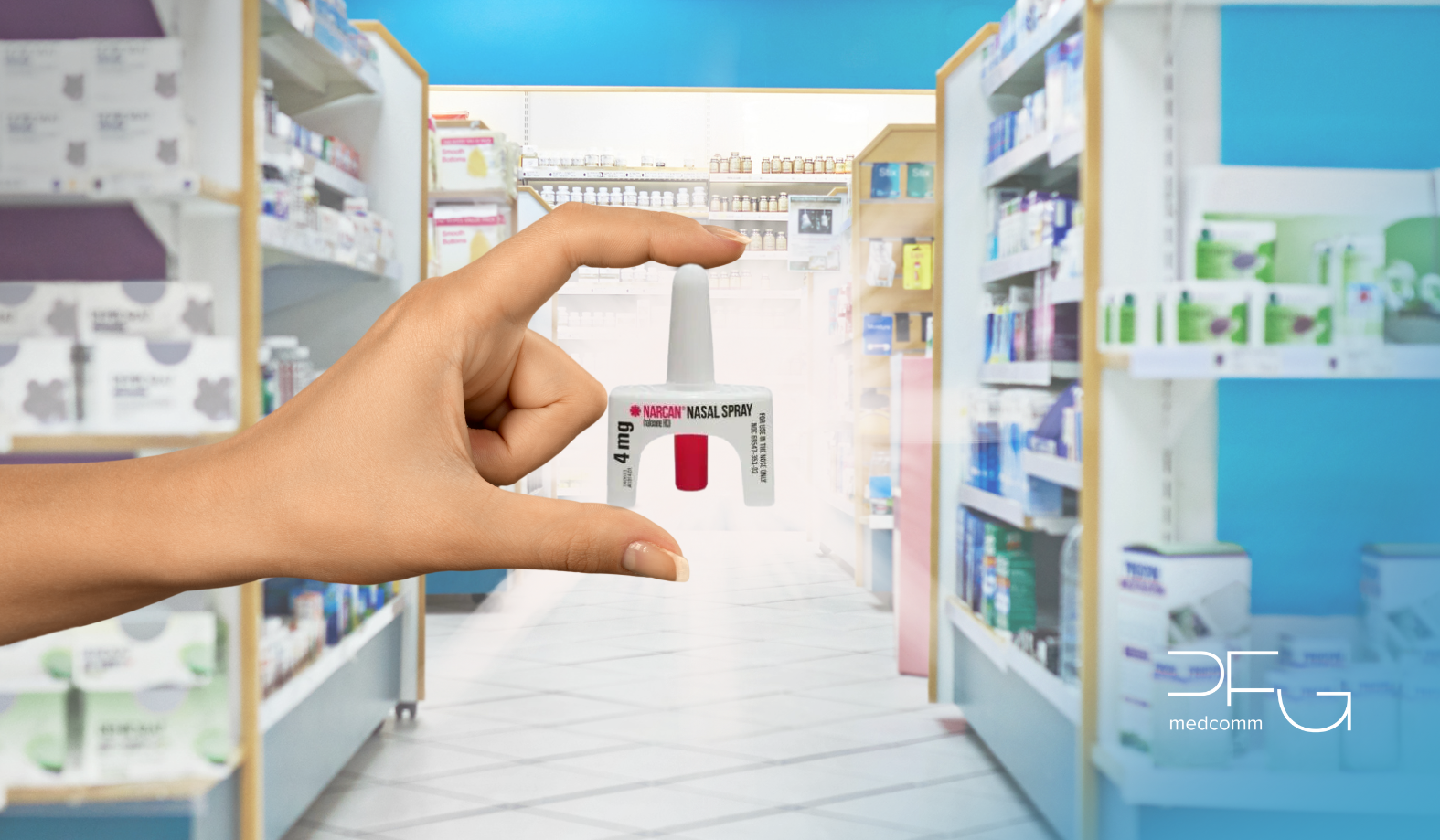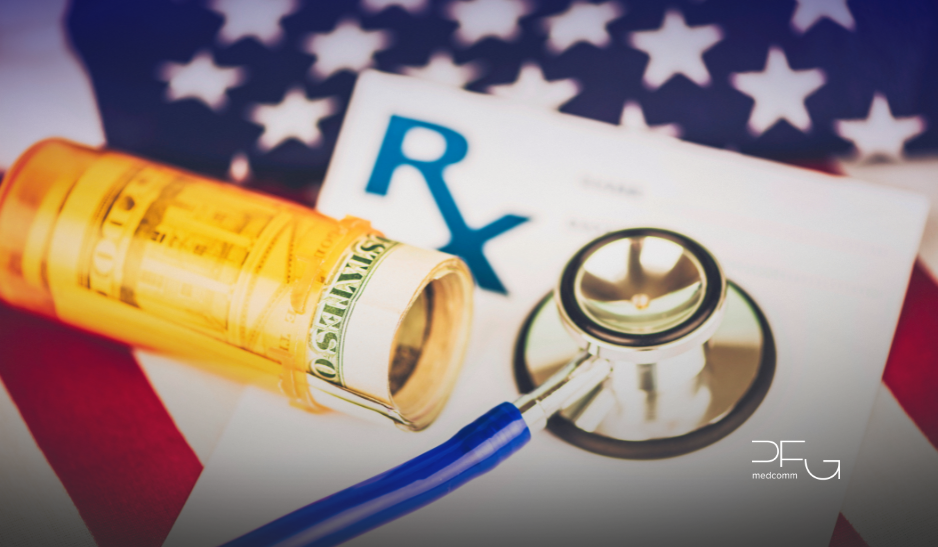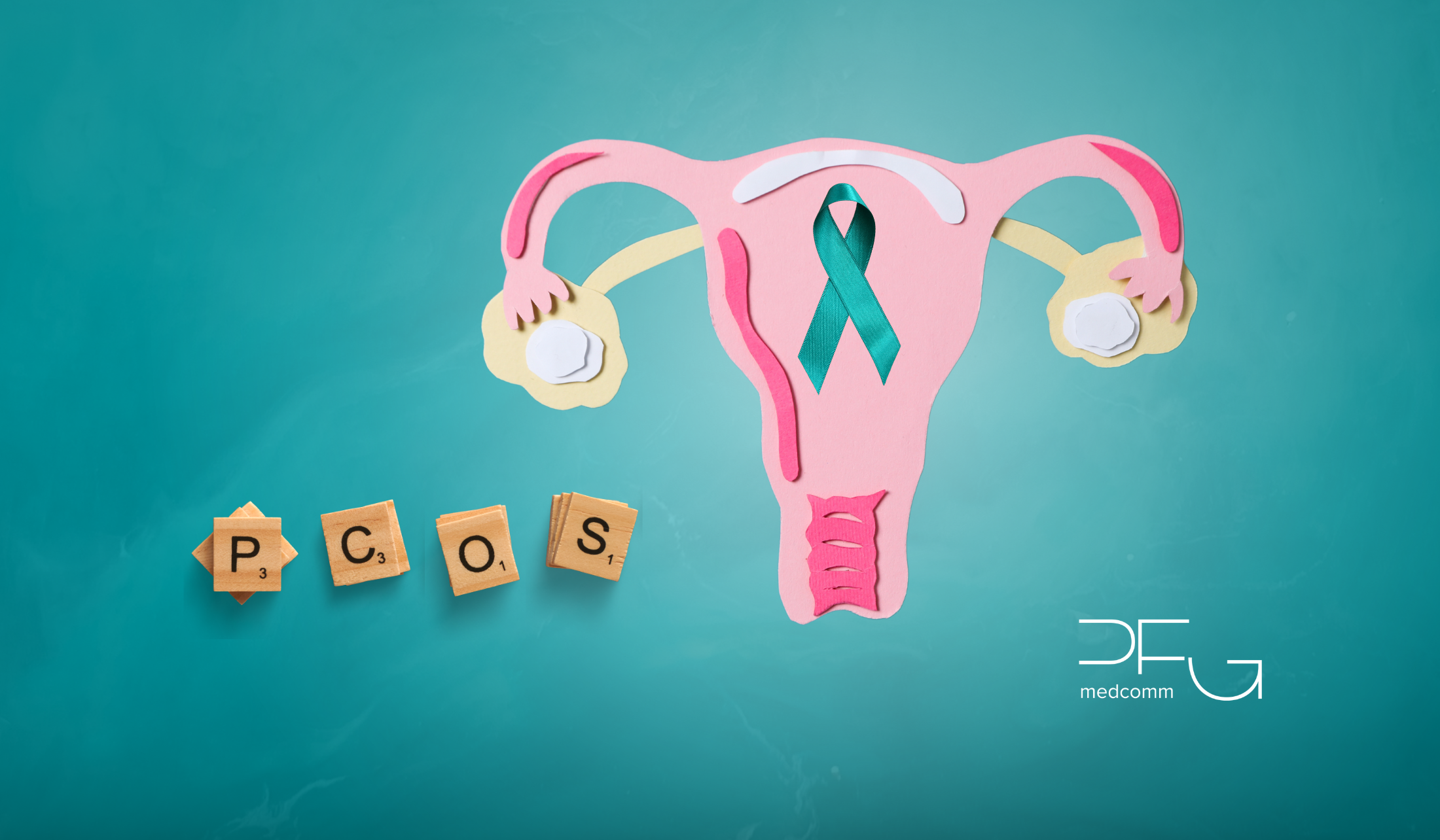1 min read
Decoding Drug Pricing in the ERA of IRA: From Lab to Patients' Wallets
The journey from the research lab to a patient’s bedside for a drug is long, costly, and risky. Manufacturers make significant investments over many...
3 min read
PFG MedComm Team Feb 2, 2024 1:36:19 PM

The recent approval of Narcan as an over-the-counter drug is a landmark decision that has the potential to save thousands of lives and highlights the pervasive nature of the US opioid crisis.
A drug’s transition from prescription to over-the-counter (OTC) status can significantly improve access to care and quality of life. Although OTC drugs are usually more convenient to purchase than prescription drugs, a prescription to OTC switch is not a frequent occurrence in the US pharmaceutical landscape. From January 2002 through August 2022, only 45 prescription drugs, including Mucinex ER, Claritin-D, Plan B, and Prilosec, made the crucial switch to OTC status. The FDA considers the potential risks versus benefits of allowing a medication to become more accessible to patients who may self-diagnose and treat common medical conditions. If a prescription is “not necessary for the protection of the public health by reason of the drug’s toxicity or other potentiality for harmful effect, or the method of its use,” a prescription to OTC switch application may be approved. Naloxone received this approval in March 2023.
In 1971, the FDA approved naloxone as an opioid overdose reversal drug due to its rapid action. Naloxone, available as both a nasal spray and injectable, is an opioid antagonist. It is commonly recognized by the brand Narcan and is administered as a nasal spray. Ensuring the availability of this life-saving medication is crucial for individuals dealing with addiction, as well as for their family and friends. Until March of this year, naloxone was only available with a prescription making it difficult to access.
Since the switch to OTC, two versions of naloxone (Narcan and RiVive) have been approved as over the counter (OTC) drugs. Unfortunately, the rollout of OTC naloxone has proven to be inconsistent and sporadic. The opioid antagonist is not yet widely available, and many people have concerns about the cost. The current cost for Narcan at online and in-store pharmacies is around $45 for a 2-dose box. Since the copay for prescription Narcan was around $35, the $10 price increase for OTC Narcan could slow the improvement in access. Another hurdle is that insurance companies are not required to cover Narcan. In fact, private insurance providers are not required to include coverage for OTC medications unless mandated by state regulations. Some states require coverage of preventive OTC drugs, like prenatal vitamins, but only when the OTC medication/supplement has been prescribed. Fortunately, several Massachusetts based insurance companies have decided to continue Narcan coverage despite its OTC status. This includes MassHealth, Massachusetts Medicaid, and Blue Cross Blue Shield of Massachusetts. Since overdose is often more common in low-income areas, and the price of Narcan and lack of insurance coverage may be a significant barrier for those who need the medication.
The OTC rollout of Narcan is extremely important from a population health perspective in addressing the opioid epidemic. In 2021, 45 people died each day in the U.S. from a prescription opioid overdose. The dangers associated with opioids are not new. In the 1990’s, healthcare providers began prescribing opioids at alarming rates under the notion that patients could not become addicted to the medication. This became a widely accepted misconception by healthcare professionals, and the number of opioids prescribed skyrocketed. As the opioid overdose rate continues to increase, the fatal controversy surrounding the opioid industry has become the topic of movies, tv shows, and podcasts garnering significant public awareness. Since 1999, over 645,000 people have lost their lives as the result of an opioid overdose.
Not all opioid overdose deaths are attributed to a prescription form of the drug. At the start of the 2010s, heroin caused a second wave of increased opioid deaths. A third wave of opioid related deaths began in 2013 with the rise of synthetic opioids. In 2021, synthetic opioids (fentanyl and fentanyl analogs) killed 71,000 Americans. The risk of fentanyl contamination is severe and becoming more common among individuals who use opioids. Fentanyl is 50x more potent than heroin and 100x more potent than morphine. A 10-state study revealed that over half of those who died from an opioid overdose tested positive for fentanyl.
It is imperative to reduce the stigma associated with opioid use disorders and encourage individuals to keep Narcan on hand. Local governments and organizations should utilize the OTC status of Narcan to distribute the medication in their communities. Ensuring the medication is affordable and available in a convenient location is vital to improving access. A pivotal step toward broader access involves advocating for private insurance companies to adjust policies and cover Narcan and ReVive as OTC drugs. Such a shift has the potential to avert numerous overdoses, markedly improving overall access to life-saving medication. The Substance Abuse and Mental Health Services Administration (SAMHSA) recommends keeping Narcan on hand if you or someone you know uses prescription or illicit opioids. Administering Narcan to an individual who is not overdosing on opioids is safe, and SAMHSA urges the public to administer the drug if you suspect someone is experiencing an overdose
The FDA's approval of Narcan as an over-the-counter drug marks a pivotal moment in the ongoing battle against the opioid epidemic in the United States. This decision not only enhances accessibility to a life-saving intervention but also symbolizes a shift towards a more proactive and inclusive approach in addressing the crisis. As Narcan becomes more readily available, there is hope for a reduction in opioid-related fatalities and an increased awareness of the importance of preparedness. The path forward involves continued educational efforts, community outreach, and destigmatizing discussions surrounding opioid use disorders. By embracing innovative solutions such as OTC Narcan, we take a collective step towards a safer, more compassionate future in which every individual has the opportunity to overcome the challenges posed by the opioid epidemic.
______
Need assistance in crafting revolutionized enhancements to your value communication strategy with market access stakeholders? At PFG MedComm, we continuously explore innovative approaches.

1 min read
The journey from the research lab to a patient’s bedside for a drug is long, costly, and risky. Manufacturers make significant investments over many...

Last Saturday, August 26, 2023, was Women's Equality Day, which commemorates the day in 1920 when women were finally granted the right to vote after...

Empowered patients, better outcomes —